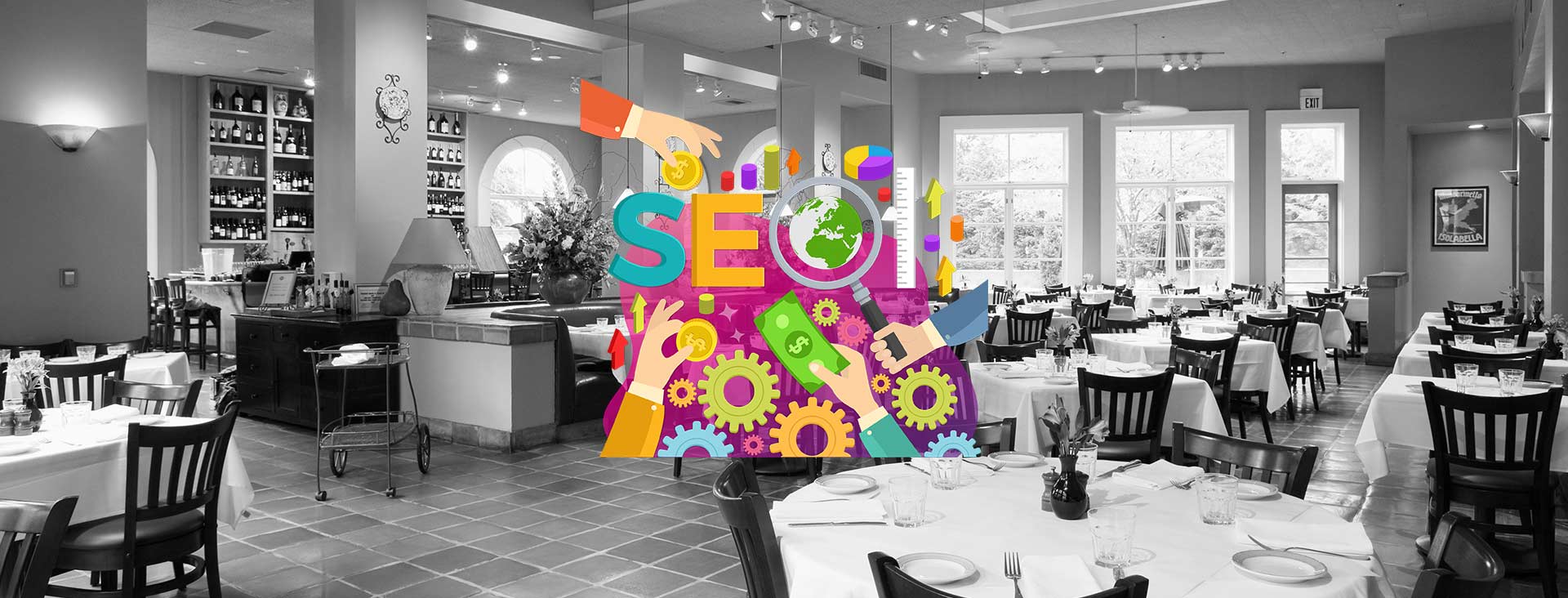Why Do Restaurants Fail?
Why is it that some restaurants can survive wars, recession, and catastrophic natural disasters while others close their doors during the first year? Is it the food that keeps them going for generations or is it something else? According to a study conducted at Ohio State University, it was found that 60% of restaurants don’t make it past their first anniversary and a whopping 80% close their doors within five years of opening. Researchers at Cornell University found that the most common reasons restaurants fail are preventable. So why do only the cremè de la cremè make it? Let’s dive into the most common reasons restaurants fail and how to avoid your demise.- Lack of concept and brand
- Economy’s effects on operating costs
- High staff turnover
- Not enough capital
- Poor guest experience
- Location
- Menu planning and pricing
- Lack of or inefficient marketing
- Lack of consistency




